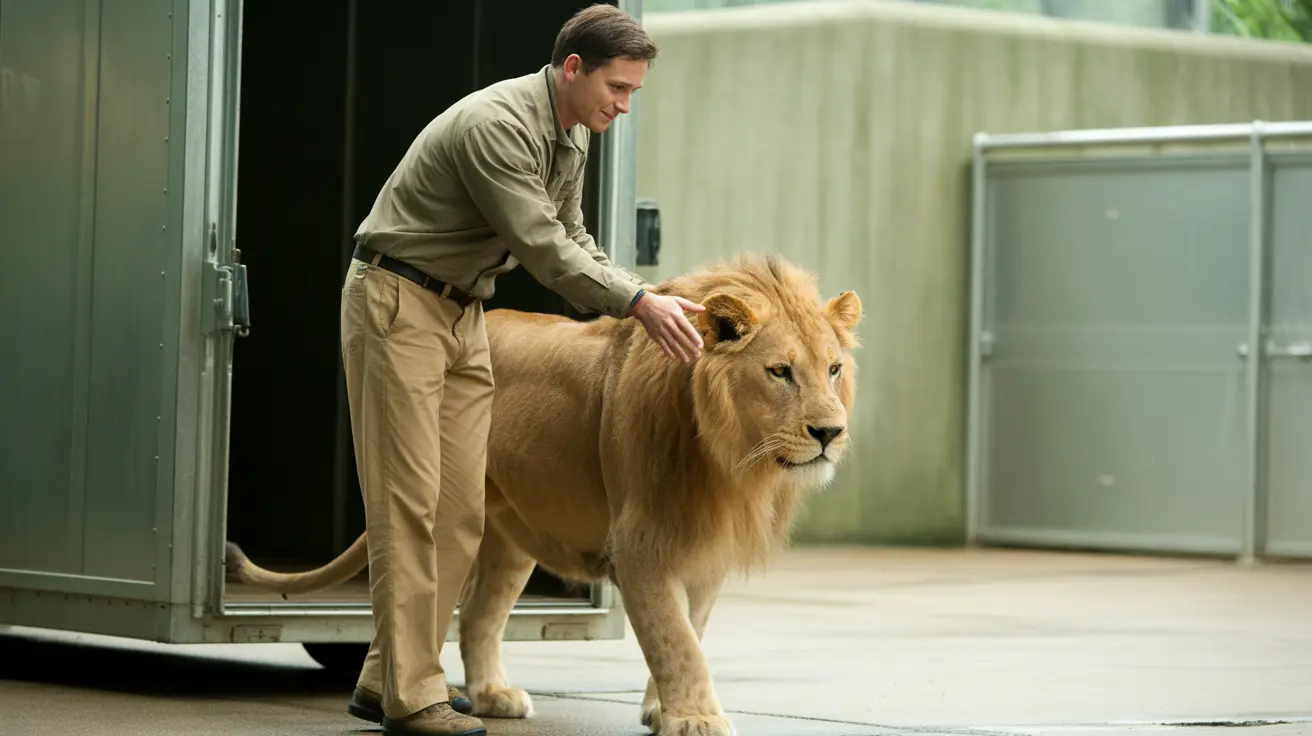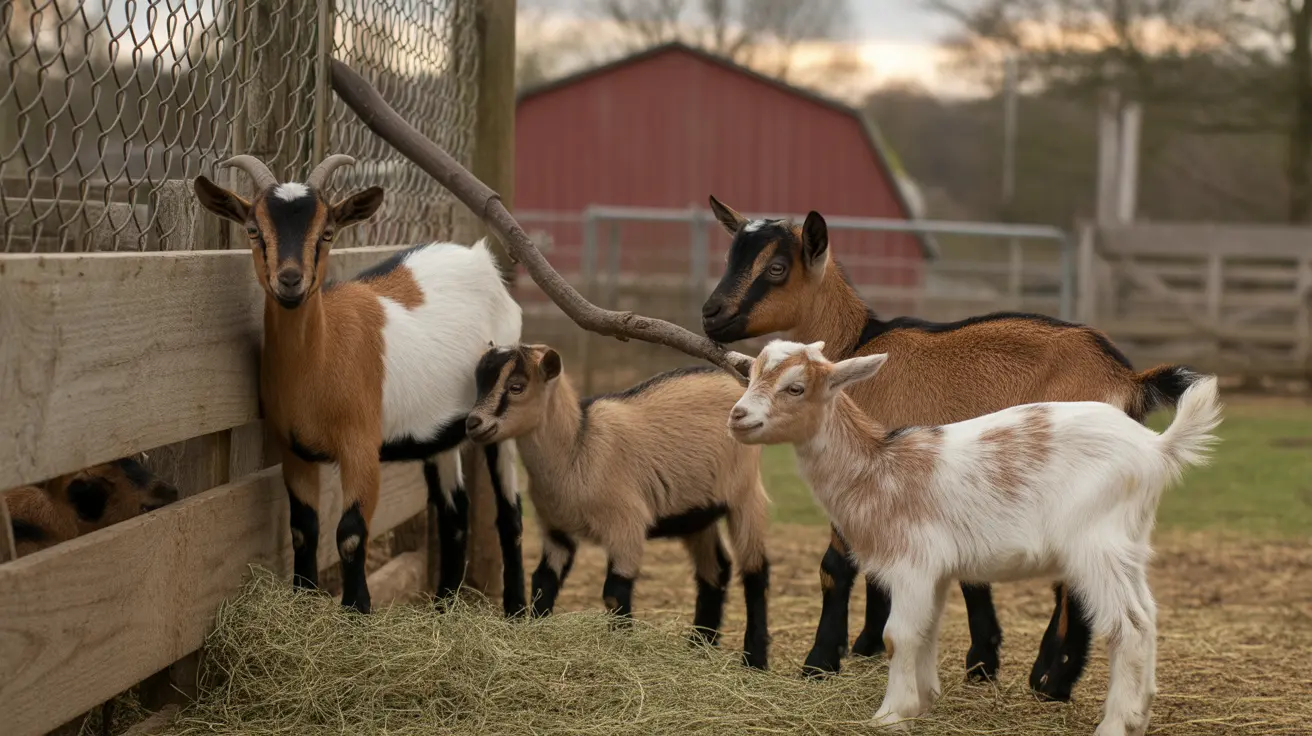Understanding Why Dogs Sleep on Their Backs
If you've ever caught your dog sprawled out on its back, paws in the air, you might've wondered what's going through its mind. This quirky pose is more than just adorable—it's packed with meaning about your dog's comfort, health, and emotional state.
Comfort and Relaxation
When dogs sleep on their backs, they're usually feeling completely at ease. The belly is a vulnerable area for most animals, so exposing it means your pup trusts its surroundings. In homes where dogs feel safe, you'll often spot them snoozing belly-up after a long day of play or a satisfying meal.
Temperature Regulation
Another big reason for this sleeping position is cooling off. Unlike humans, dogs don't sweat much through their skin—they mostly regulate body temperature through panting and paw pads. The fur on their bellies tends to be thinner than elsewhere. By rolling onto their backs and stretching out, dogs expose this less-insulated area to the air, helping them shed excess heat (especially during warmer months or after exercise).
Muscle Relaxation and Joint Relief
This pose also allows for maximum muscle relaxation. When lying on their backs with legs in the air or splayed out, dogs can let go of tension in their limbs and spine. For older dogs or those with joint issues, this position might offer relief from pressure points that build up when lying on their side or stomach.
Signs of Trust and Security
A dog that sleeps belly-up is showing a lot of trust in its environment—and in you. In the wild or unfamiliar places, most animals avoid exposing sensitive areas like the throat or abdomen. So when your dog chooses this pose at home (or even around guests), it's a sign they're comfortable and feel protected.
- Puppies often sleep like this when they're especially tired or after energetic play sessions.
- Adult dogs may switch between positions depending on mood or temperature.
- Anxious or new pets are less likely to sleep belly-up until they've settled in.
Other Common Dog Sleeping Positions
You might notice your dog changes positions throughout the night—or even during a single nap! Here are some other common ways dogs rest:
- Curling up: Conserves warmth; protects vital organs.
- Sphinx pose: Ready to jump up quickly; alert but resting.
- Side sleeping: Deep relaxation; comfortable with surroundings.
- Cuddling with humans or other pets: Seeking warmth and social connection.
Should You Be Concerned?
If your dog sleeps on its back occasionally—or even frequently—it's usually nothing to worry about. However, if you notice signs of discomfort (like whining, difficulty getting up, or excessive licking), it could indicate pain or an underlying health issue worth checking with your vet.
The Takeaway: A Happy Dog's Pose
A dog sleeping on its back is generally a happy one: relaxed, trusting, and content in its home. Next time you see those paws in the air, know that your pet feels safe—and maybe even a little silly—in your care.





